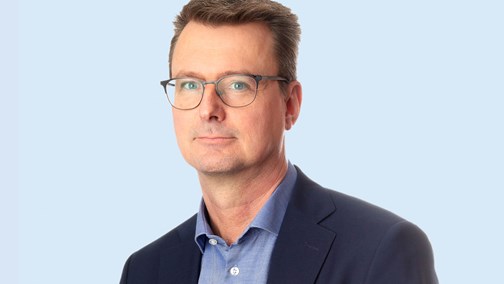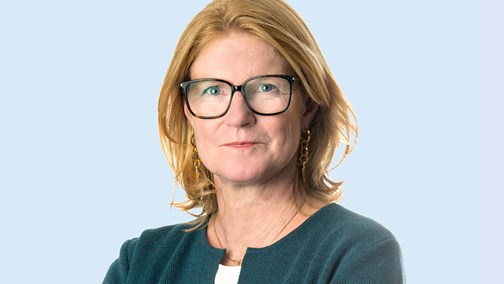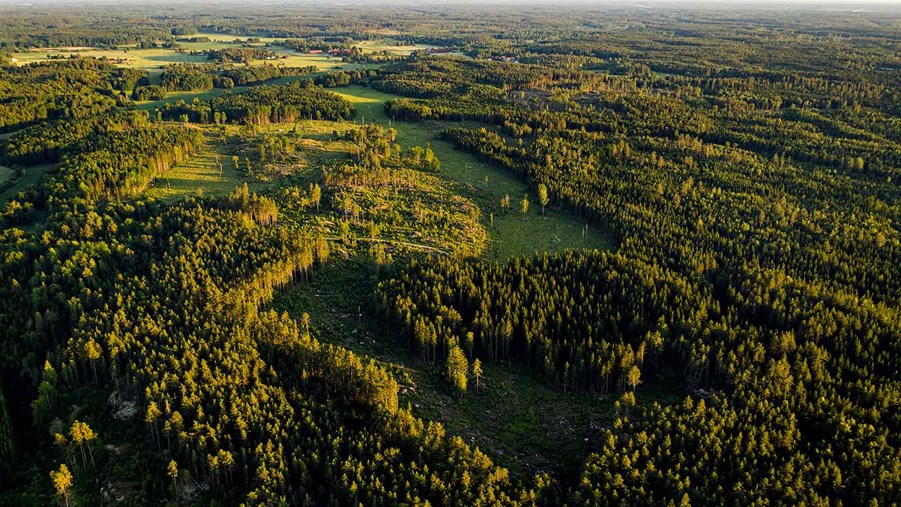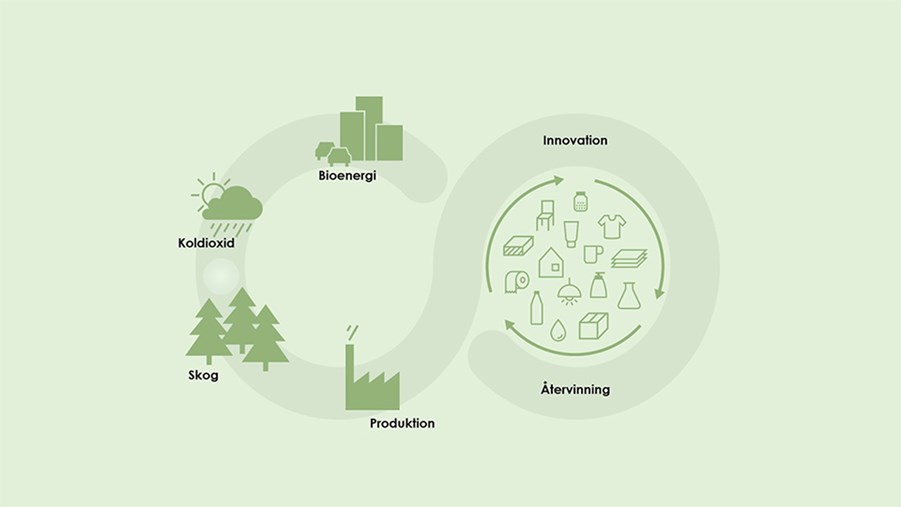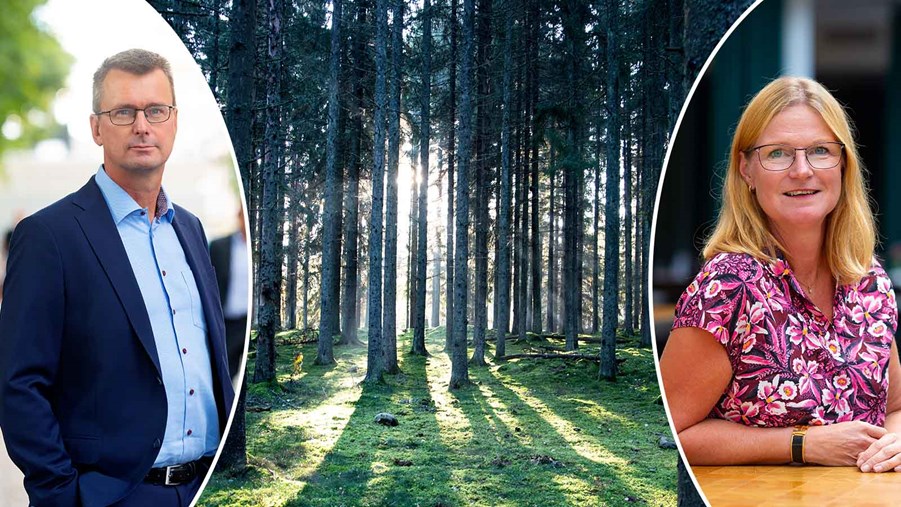
New figures from the Swedish Environmental Protection Agency show that the net storage of carbon in growing trees has decreased in 2021. The volume of standing trees in Sweden is still increasing, although more slowly than before. This is mainly due to poorer conditions for growth such as less rainfall.
– A net decrease of carbon uptake is important to note, but even more important is the long-term trend. In the last thirty years, the Swedish forest-based industry has had a very positive effect on the climate. On a yearly basis we compensate for Sweden’s entire territorial emissions – twice over, says Magnus Berg, Head of Public Affairs at the Swedish Forest Industries Federation (SFIF).
Annual fluctuations in the uptake of carbon depend largely on the conditions for growth, such as rainfall and temperature. Net storage of carbon dioxide means that the yearly uptake of carbon is greater than the removal from harvesting and natural decomposition of biomass.
Active forest management makes larger harvests possible
The Swedish Environmental Protection Agency explains the results for 2021 with declining growth in forests, but also with increased harvesting levels in recent years.
– It is true that harvesting has increased in recent decades as forest growth has increased. But this has not led to larger areas being harvested. Instead, the harvest is the result of increasing volume of timber made possible by active forest management, says Linda Eriksson, Forest Director at SFIF.
– Carbon storage in trees is only a part of the climate benefit of forests. Harvested wood products store carbon as well and – more importantly for the climate – replace fossil products and energy, says Linda Eriksson.
Let us focus on increasing growth in forests
In 2020, the Swedish Forest Agency presented a report that listed 88 concrete measures to increase forest growth by 20 percent by 2050. The action plan was drawn up together with representatives from industry and academia. Linda Eriksson sees it as a great success.
– I am pleased that we agreed on these concrete measures. Increased growth in forests means more carbon storage in trees and more renewable raw materials for fossil-free products that everybody needs – houses, hygiene products, paper, packaging and more. We also provide bioenergy to keep the house warm in wintertime, which is indispensable in the current energy crises.
– Now the real work begins. To reach this ambitious goal we need to work together – politics, government agencies and industry alike, concludes Linda Eriksson.
